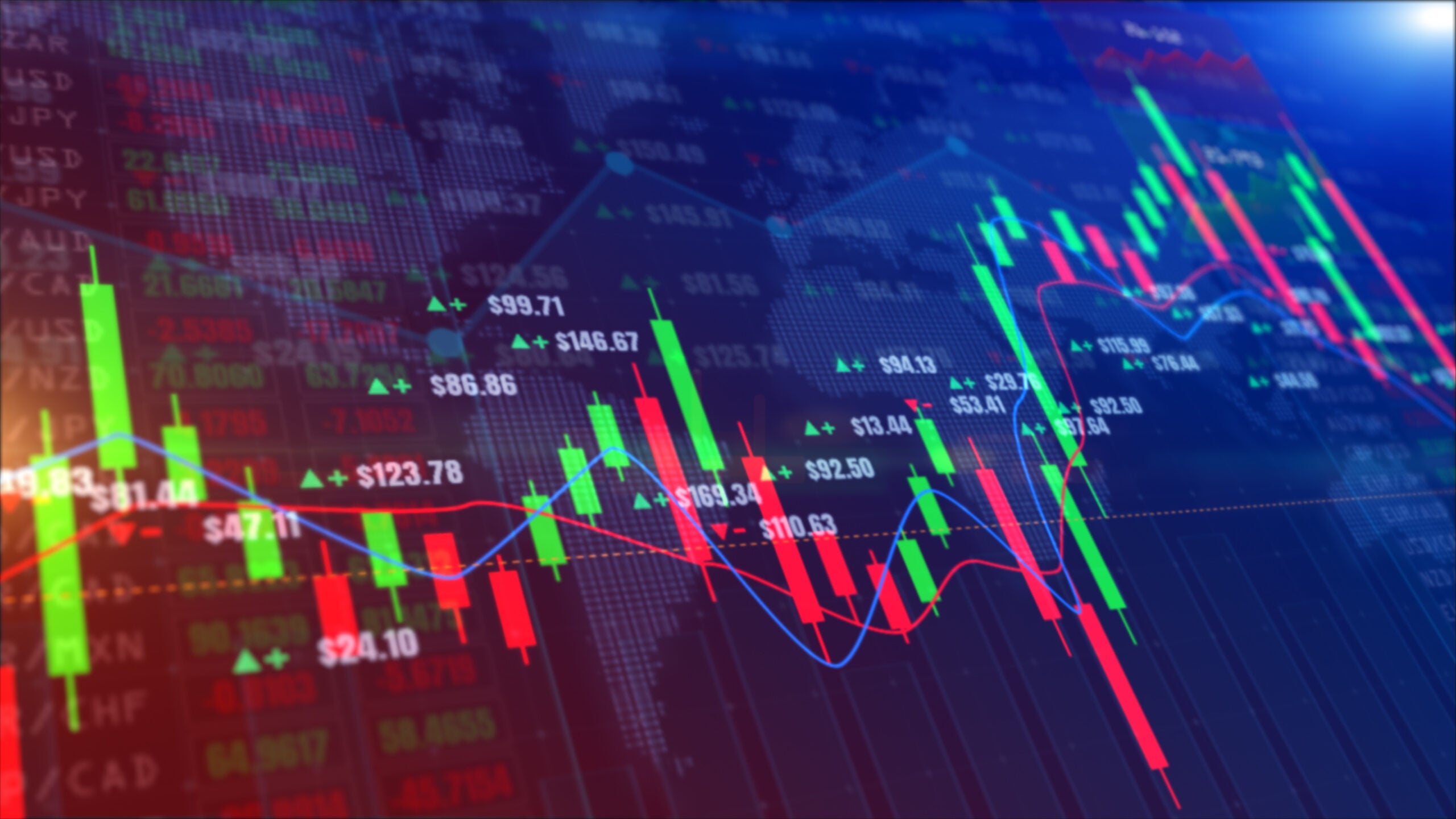
The spread in digital asset transactions is a critical concept for traders and investors alike. It is the difference between the buy and sell prices of an asset and can significantly impact trading outcomes.
Understanding the dynamics influencing spread is essential for making informed decisions in the digital asset market. Whether you’re a seasoned trader or new to the space, knowing the underlying mechanics of spread is key to optimizing your trading strategy and minimizing costs.
Market Liquidity
Market liquidity plays a significant role in determining the spread of digital asset transactions. You will likely see tighter spreads when you trade assets in a highly liquid market. This is because more buyers and sellers allow transactions to occur at prices closer to the market value.
For example, major cryptocurrencies like Bitcoin and Ethereum typically enjoy high liquidity, which results in narrower spreads, giving you better trading opportunities. This dynamic is often enhanced by crypto market making strategies, where market makers provide liquidity and narrow the spread to facilitate smoother trading.
On the other hand, less liquid assets experience wider spreads. If you’re trading a less popular or newer digital asset, you may find fewer market participants, leading to a more significant difference between buy and sell prices.
This lack of liquidity increases the risk of trading, as you might have to accept a less favorable price when entering or exiting a position.
Market Volatility
Volatility directly impacts the spread of digital asset transactions. High volatility often results in wider spreads. Spreads can widen significantly during periods of intense market activity, such as a sudden price surge or drop.
This happens because traders and market makers are unsure of the next price move, leading to caution in pricing buy and sell orders. This means the cost of trading can increase as the spread reflects the added risk of volatility.
Conversely, when the market is stable, spreads tend to narrow. In a calm market, prices move slowly, and the risk of sudden changes is lower.
As a result, spreads decrease, making it less expensive for you to trade. Understanding the relationship between volatility and spread can help you choose the right moments to enter or exit the market.
Trading Volume
The trading volume of an asset also influences the spread. High trading volume often correlates with tighter spreads because of the increased competition among market participants.
When many traders buy and sell the same asset, the price differences between the bids and asks tend to shrink. This gives you a better deal on your trades. For example, during peak trading hours or when an asset gains sudden popularity, you might notice a decrease in spreads.
However, low trading volume can lead to wider spreads. In markets with less activity, executing trades at favorable prices may be challenging. This situation often occurs during off-peak hours or with niche assets that don’t attract a lot of attention. To minimize costs, it’s essential to monitor trading volumes before making your transactions.
Market Sentiment
Market sentiment, or the overall mood of traders, profoundly affects spreads. Positive sentiment, driven by good news or strong market trends, usually leads to narrower spreads.
When traders are optimistic, more participants enter the market. This increases the liquidity and reduces the gap between buy and sell prices. If you’re trading during a bullish trend, you might find it easier to secure favorable prices due to these tighter spreads.
On the flip side, negative sentiment can cause spreads to widen. During times of fear, uncertainty, or bad news, traders may pull back, reducing market liquidity. This caution results in fewer participants and larger spreads, making it more costly for you to trade.
Keeping an eye on market sentiment can help you anticipate changes in spread and adjust your trading strategies accordingly.
Regulatory Environment
Regulation plays an increasingly critical role in digital asset markets. In well-regulated markets, spreads tend to be tighter because of the increased trust and participation from institutional investors.
Clear regulations reduce uncertainties. They encourage more traders to participate, thus improving market liquidity. As a trader, you’ll benefit from the reduced costs of tighter spreads in these environments.
However, in markets with unclear or stringent regulations, spreads can widen. Regulatory uncertainty can discourage market participation, reducing liquidity and higher spreads. This might mean higher costs when trading in such markets, especially if new regulations are announced suddenly.
Competition Among Exchanges
The level of competition among exchanges significantly influences the spread. In highly competitive markets, exchanges strive to offer the best prices to attract more traders, which results in narrower spreads.
As a trader, this competition works in your favor, as you can find better deals with lower transaction costs across different platforms.
In contrast, less competitive markets may feature wider spreads. You might encounter higher spreads if you’re trading on a less popular exchange or in a market dominated by a few players. It’s crucial to compare spreads across different platforms to ensure you’re getting the best deal possible.
791 Views













